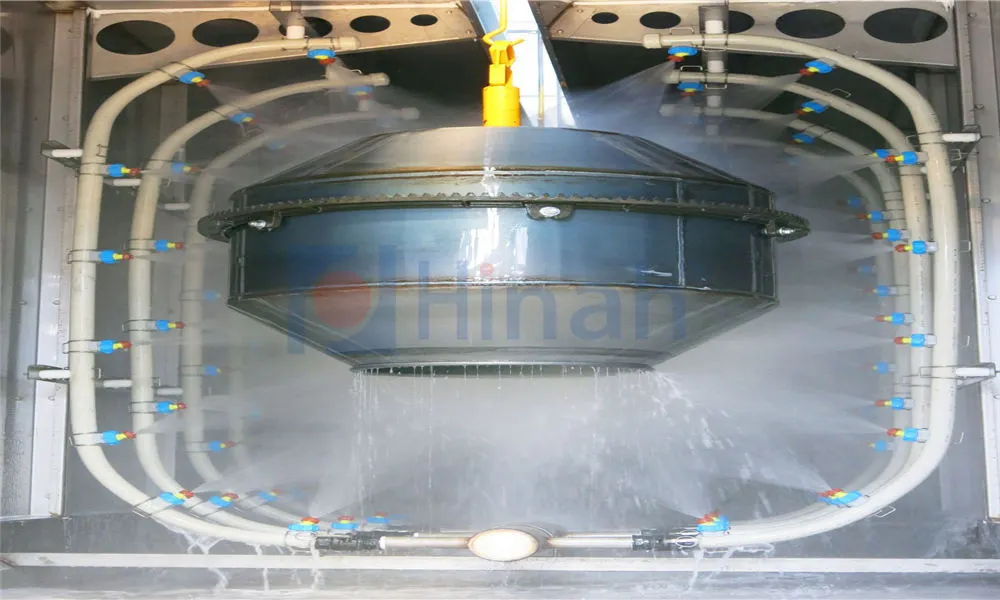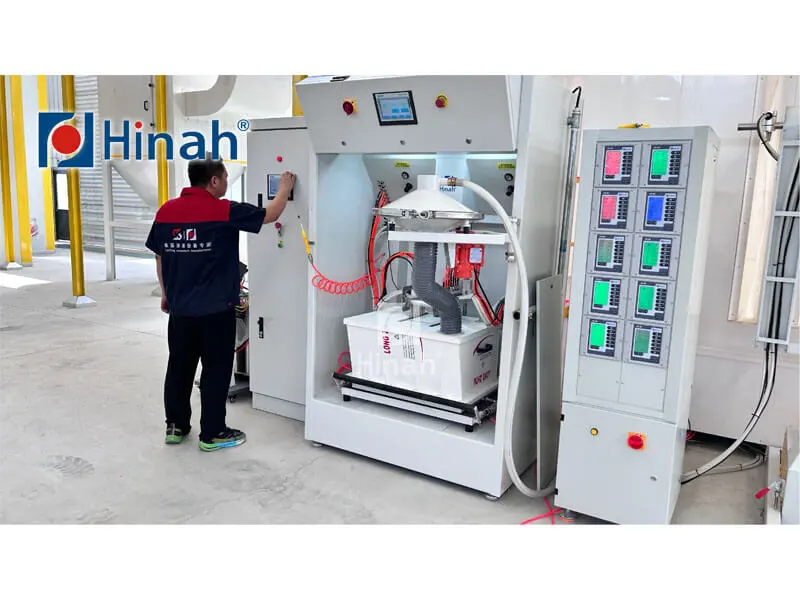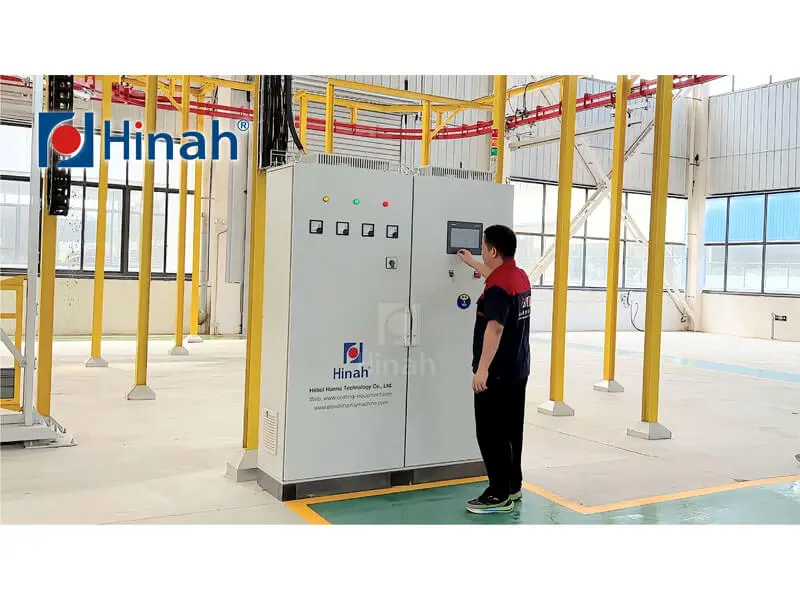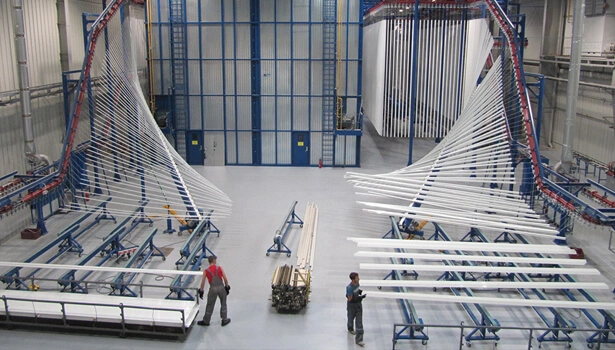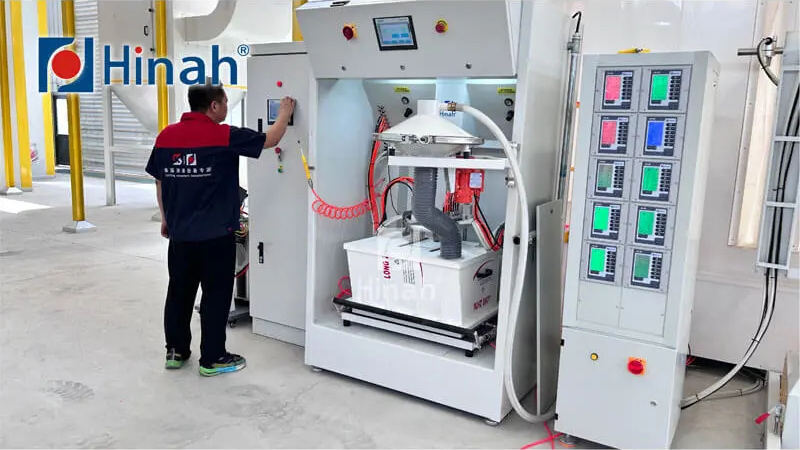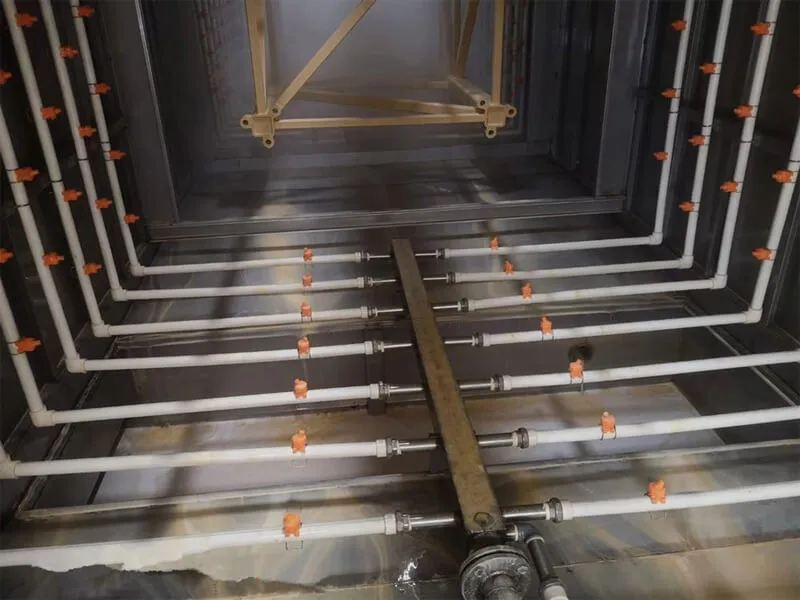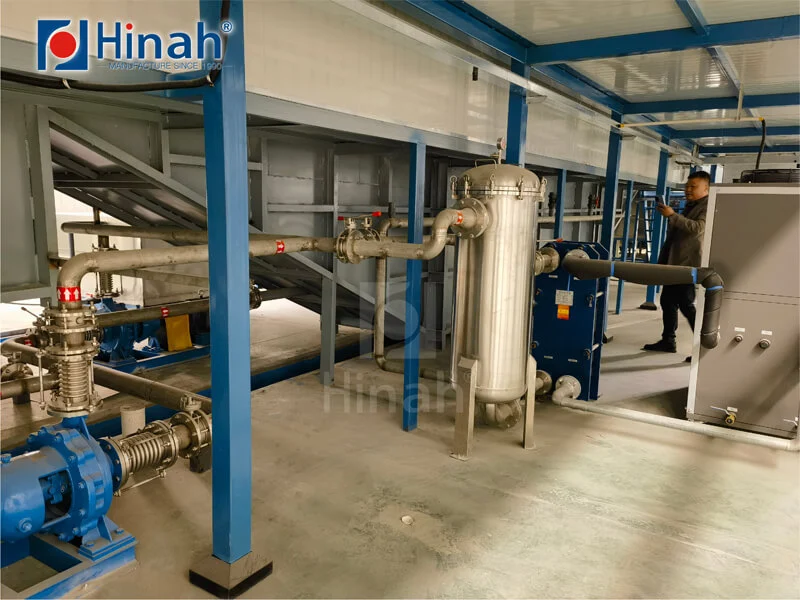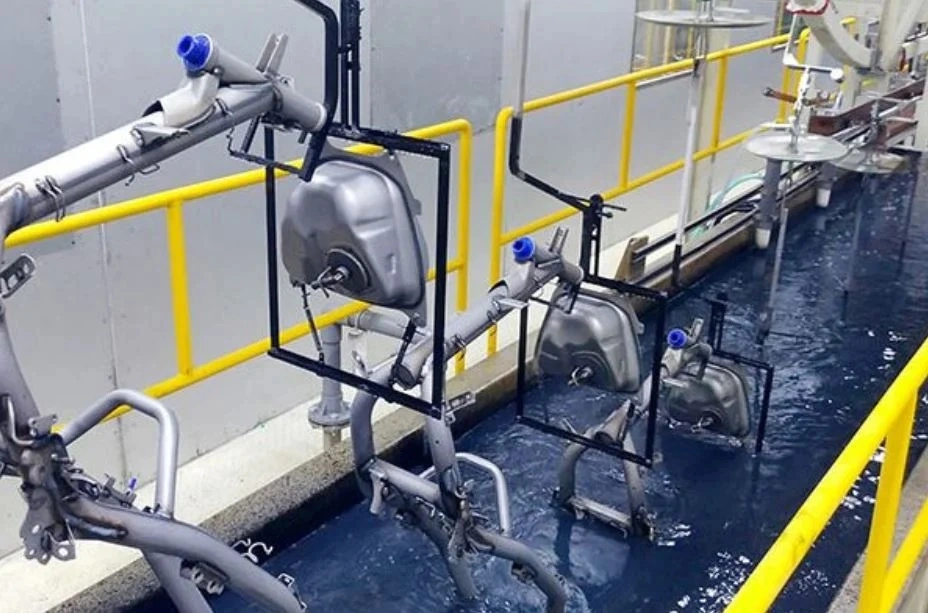Selecting the right powder coating equipment suppliers is a critical decision for any manufacturing or finishing operation. The quality, reliability, and performance of your powder coating systems directly impact your product quality, throughput, and ultimately, your bottom line. This article delves into the key considerations when sourcing equipment, explores the intricacies of powder coating manufacturing, provides insights into powder coating machine cost, and examines the role of the powder coatings themselves. We will also address common challenges faced in the process.
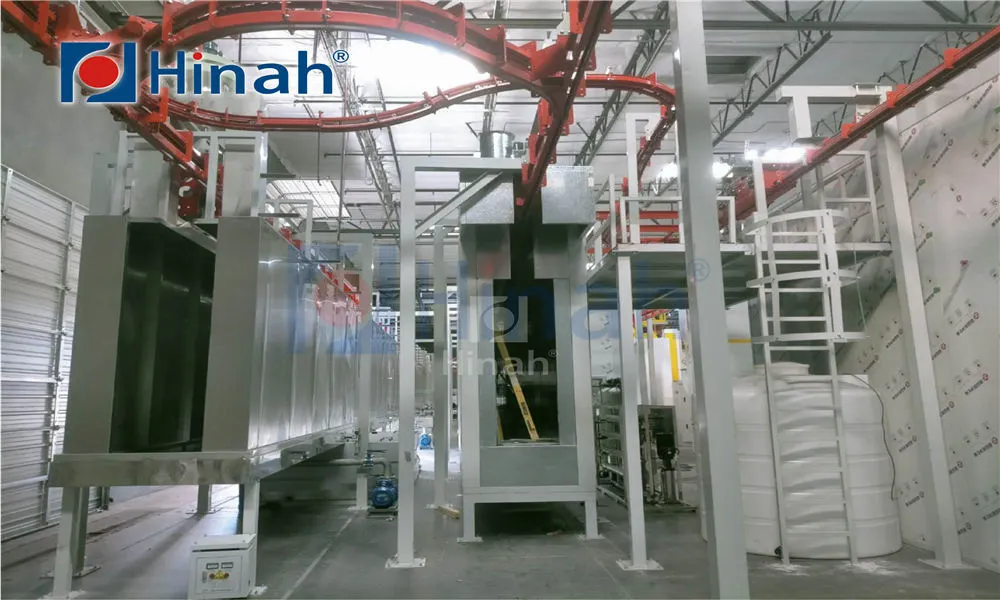
Powder coating equipment suppliers are more than just vendors; they are partners in your production process. They provide the essential technology that transforms raw materials into a durable, high-quality finish. A reputable supplier offers a comprehensive package: robust machinery, technical expertise, reliable after-sales support, and often, training for your operators.
When evaluating potential powder coating equipment suppliers, consider their industry experience, the range of their product portfolio (from small manual booths to fully automated powder coating systems), and their reputation for customer service. The best suppliers will conduct a thorough analysis of your needs, including the types of parts you coat, your desired production volume, and your available space, before recommending a solution. They understand that a one-size-fits-all approach doesn't work in powder coating manufacturing.
The Core Components: Types of Powder Coating Systems
Investing in the right powder coating systems is fundamental to establishing an efficient and effective finishing line. These systems can be broadly categorized based on their level of automation.
Manual Systems: Ideal for low-volume shops, custom coaters, or applications involving large, irregularly shaped parts. An operator manually applies the powder using a spray gun. These systems have a lower initial powder coating machine cost but are more labor-intensive.
Automatic Systems: Designed for high-volume production with consistent part shapes. These systems use automated guns mounted on reciprocators or robots that follow a programmed path. They ensure consistent application, reduce overspray, and maximize transfer efficiency, which saves on powder coatings over time.
Batch Ovens vs. Conveyorized Ovens: Batch ovens are perfect for job shops that handle a wide variety of parts in smaller quantities. Parts are racked, coated, and cured in batches. In contrast, conveyorized ovens are the heart of a continuous production line, where parts are hung on a conveyor that moves through pretreatment, drying, coating, and curing stages seamlessly. The choice between these directly shapes your powder coating manufacturing workflow.
The Process: A Look into Powder Coating Manufacturing
The powder coating manufacturing process is a precise sequence that, when executed correctly, yields a superior finish. The equipment supplied by your chosen powder coating equipment suppliers must handle each stage effectively.
Pretreatment: This is the most crucial step for adhesion and longevity. Parts must be thoroughly cleaned to remove oils, dirt, and rust, followed by a chemical conversion coating (e.g., iron or zinc phosphate). Poor pretreatment is a leading cause of finish failure.
Drying: After pretreatment, parts must be completely dry before powder application, as moisture will cause defects.
Application: Using a spray gun from the powder coating systems, electrostatically charged powder is applied to the grounded part. The electrostatic attraction ensures an even coat, even on complex geometries.
Curing: The coated parts are transferred to a curing oven. Here, the powder melts, flows, and chemically cross-links to form a durable, smooth film. Precise temperature and time control are vital.
The efficiency of this entire process hinges on the synergy between the equipment, the powder coatings, and the operator.
Breaking Down Powder Coating Machine Cost
Understanding powder coating machine cost is essential for budgeting and justifying the investment. The cost is not a single figure but a sum of several components:
System Type and Size: A small manual booth will cost a few thousand dollars, while a large, fully automated powder coating systems with pretreatment washers and conveyorized ovens can run into hundreds of thousands.
Key Components: The cost includes the spray booth, recovery system (for collecting overspray powder), guns (manual or automatic), control system, and the curing oven. Ovens are a significant portion of the total powder coating machine cost, with energy source (electric vs. gas) being a factor.
Installation and Infrastructure: Don't overlook costs for electrical and gas hookups, compressed air systems, ventilation, and floor space preparation.
Additional Factors: The powder coating machine cost is also influenced by the desired features, such as advanced control panels, color-change capabilities, and energy-efficient recovery systems.
While the initial investment might seem high, it's important to consider the Return on Investment (ROI). Efficient powder coating systems reduce material waste (overspray can be recycled), lower labor costs through automation, and produce higher-quality products that command better prices, paying for themselves over time.
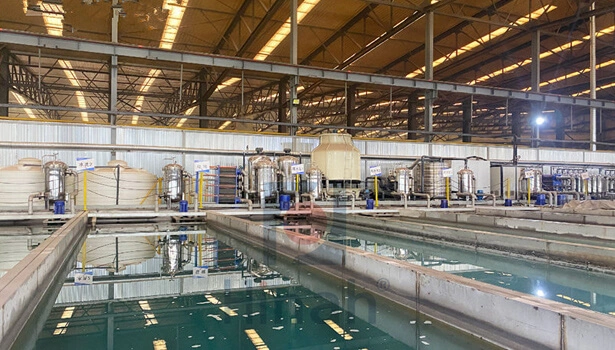
The Consumable: Selecting the Right Powder Coatings
The equipment is only half of the equation. The powder coatings themselves are a critical element. These dry, free-flowing thermoplastic or thermoset polymers come in a vast array of colors, textures, and finishes (e.g., matte, gloss, metallic, wrinkle).
The choice of powder coatings depends on the application:
Epoxy: Excellent chemical and corrosion resistance, often used for interior applications.
Polyester: Great outdoor durability and UV resistance, common for automotive and architectural parts.
Hybrids (Epoxy-Polyester): A blend offering a good balance of properties at a moderate cost.
Specialty Finishes: Includes textures, anti-graffiti, and primers.
Your relationship with your powder coating equipment suppliers is important here too, as they often have partnerships with powder coatings manufacturers and can advise on the best type for your specific needs, ensuring compatibility with your equipment.
Common Challenges and Problems in Powder Coating
Even with the best equipment and materials, issues can arise. Being aware of common problems helps in troubleshooting and maintaining quality.
Poor Adhesion: The powder coating peels or chips off. This is most commonly caused by inadequate pretreatment (oil or contamination on the substrate) or insufficient curing temperature/time.
Orange Peel: A textured finish that resembles the skin of an orange. This is typically caused by improper film thickness, incorrect curing profile, or issues with the powder coatings formulation.
Back Ionization (Orange Peel & Craters): A phenomenon where the charged powder layer on the part becomes too thick and rejects further powder, leading to a rough, uneven finish. This is solved by adjusting gun settings (kV, air pressure) and application technique.
Clogged Guns or inconsistent spray: Often due to contaminated or moist compressed air. A high-quality air dryer/filter is a must for any powder coating systems.
Color Contamination: When switching colors in a recovery system, thorough cleaning is essential to prevent contamination from previous colors. This is a significant consideration in powder coating manufacturing where multiple colors are used.
Partnering with knowledgeable powder coating equipment suppliers provides you with the technical support needed to quickly diagnose and resolve these issues, minimizing downtime.
Choosing among powder coating equipment suppliers is a strategic decision that requires careful evaluation of your production needs, budget, and long-term goals. Look beyond the initial powder coating machine cost and consider the total value: robust powder coating systems, expert support, and a partnership that ensures your powder coating manufacturing process is efficient, reliable, and produces a flawless finish with the right powder coatings. By understanding the entire ecosystem—from the equipment and materials to the common pitfalls—you can build a finishing operation that enhances your product quality and drives your business forward.


